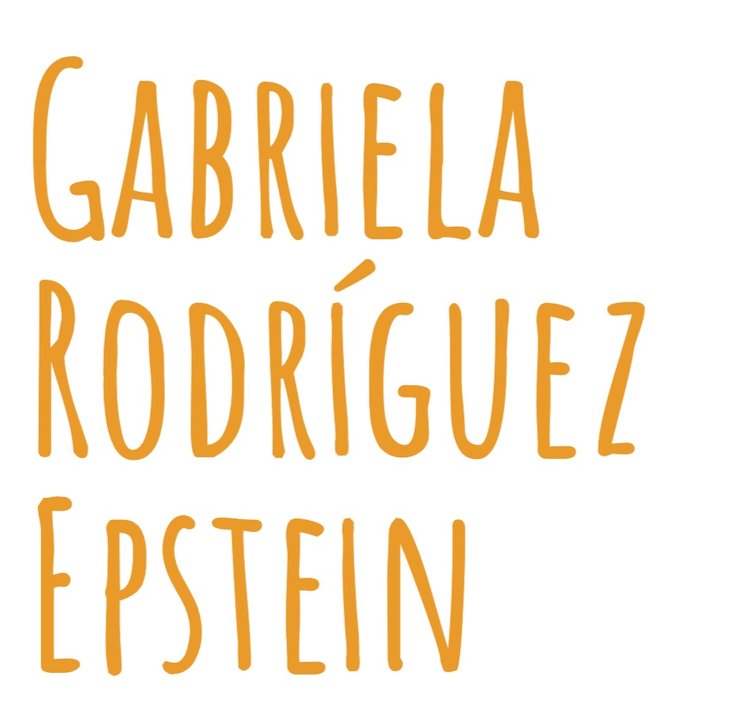For Teachers & Parents Hesitant to Use Comics
Accesibility
Books offer a wide array of tools and vocabulary that is important to inculcate on every reader— but not all readers are built the same and we need to make space for that. Kids with reading and learning disabilities benefit from having visual cues to help them along. Colorful palettes and inviting designs also help lure in otherwise reluctant readers.
Language Acquisition
Anyone who’s tried learning another language can agree that rote memorization from textbooks isn’t the most optimal approach. With comics like Invisible, a reader will get the word-for-word translations a textbook can offer, as well as the narrative cues of the story and the visual cues of the illustrations to help readers infer meaning and make better lasting connections.
Critical Thinking
Understanding that decisions made by an artist are intentional is foundational to helping kids think critically about any visual source material they consume. Teaching comics is a great introduction to basic vocabulary like composition, color theory and pacing, and will help them analyze other visuals they’re presented with— be they advertisements, news clips, etc. Every picture tells a story, and now your readers will have more complex vocabulary to interpret those stories.
How does a camera angle in a panel tell me who I should be ‘rooting’ for?
How does the color composition in a page make me feel about a scene?
Does it make me empathize with a particular character?
How can I use clues from the images to know that a story conflict is about to happen?
Basic Comics Vocabulary for Teachers & Students
Panels
